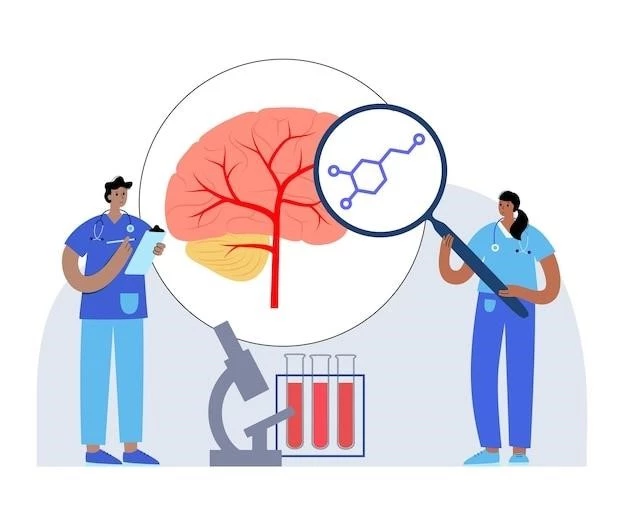Introduction to Central Nystagmus
Nystagmus is defined by rhythmic, abnormal eye movements. The movement can be horizontal, vertical, torsional, or a combination. Differentiating features between central and peripheral nystagmus are crucial.
Nystagmus is a condition characterized by rapid, involuntary eye movements that can be horizontal, vertical, torsional, or a combination of these movements. It can be classified as jerk or pendular, with variations in amplitude and frequency. Central nystagmus results from processes unrelated to the vestibular organs, often involving lesions in the midbrain or cerebellum. Understanding the distinguishing features of nystagmus is crucial for accurate diagnosis and management.
Types of Central Nystagmus
Vestibular nystagmus can be central or peripheral. Distinguishing features include direction and characteristics like purely vertical or torsional movements, which indicate a central origin.
Definition and Characteristics
Nystagmus is a condition where the eyes make rapid and repetitive movements, which can be horizontal, vertical, torsional, or a combination. These movements may follow different patterns and can be jerk or pendular in nature. Central nystagmus, specifically, is often associated with lesions in the midbrain or cerebellum, distinguishing it from peripheral nystagmus which stems from issues in the vestibular organs.

Causes and Symptoms
Central nystagmus can arise from various underlying conditions such as lesions in the midbrain or cerebellum. Symptoms may include abnormal eye movements, vertigo, oscillopsia, and dysautonomia. Early recognition of these signs is crucial for prompt diagnosis and treatment.
Underlying Conditions and Manifestations
Central nystagmus can be linked to various conditions affecting the midbrain or cerebellum, such as strokes, tumors, or neurodegenerative diseases; Symptoms can include abnormal eye movements, vertigo, nausea, difficulty with balance, and visual disturbances. Identifying the underlying cause through thorough evaluation is essential for providing targeted treatment and management approaches.

Diagnosis and Treatment
Identification of central nystagmus involves thorough evaluation of underlying conditions. Treatment focuses on managing symptoms and addressing the root cause through various approaches such as medication, vision therapy, and potentially surgical interventions.
Identification and Management Approaches
Central nystagmus is diagnosed through a series of evaluations, including eye movement tests and imaging studies to identify underlying lesions. Treatment strategies aim to address the root cause of the nystagmus, manage symptoms, and improve visual function. Management approaches may involve medications to control symptoms, specialized vision therapy, and in some cases, surgical interventions to correct the underlying issue.
Research and Recent Findings
Recent research on central nystagmus focuses on understanding the pathophysiology and developing targeted treatment approaches. Advances in imaging techniques and neurology have enhanced the diagnosis and management of central nystagmus, leading to improved outcomes for patients.
Advancements in Understanding Central Nystagmus
Ongoing research in the field of central nystagmus is focused on gaining a deeper insight into its pathophysiology, possible genetic influences, and refining diagnostic techniques. Recent findings suggest a multifactorial etiology for central nystagmus, leading to tailored therapeutic interventions and improved patient outcomes. Advances in understanding the intricate mechanisms underlying central nystagmus continue to shape innovative treatment strategies and patient care.
Prevention and Prognosis
Strategies to mitigate central nystagmus involve addressing underlying conditions promptly. Prognosis varies depending on the cause and management effectiveness, with early intervention playing a key role in improving outcomes for patients.
Strategies to Mitigate Central Nystagmus and Outlook for Patients
Strategies to mitigate central nystagmus involve addressing underlying conditions promptly. Prognosis varies, with early intervention improving outcomes. Patient outlook hinges on the effectiveness of treatment in managing symptoms and improving visual functionality.
